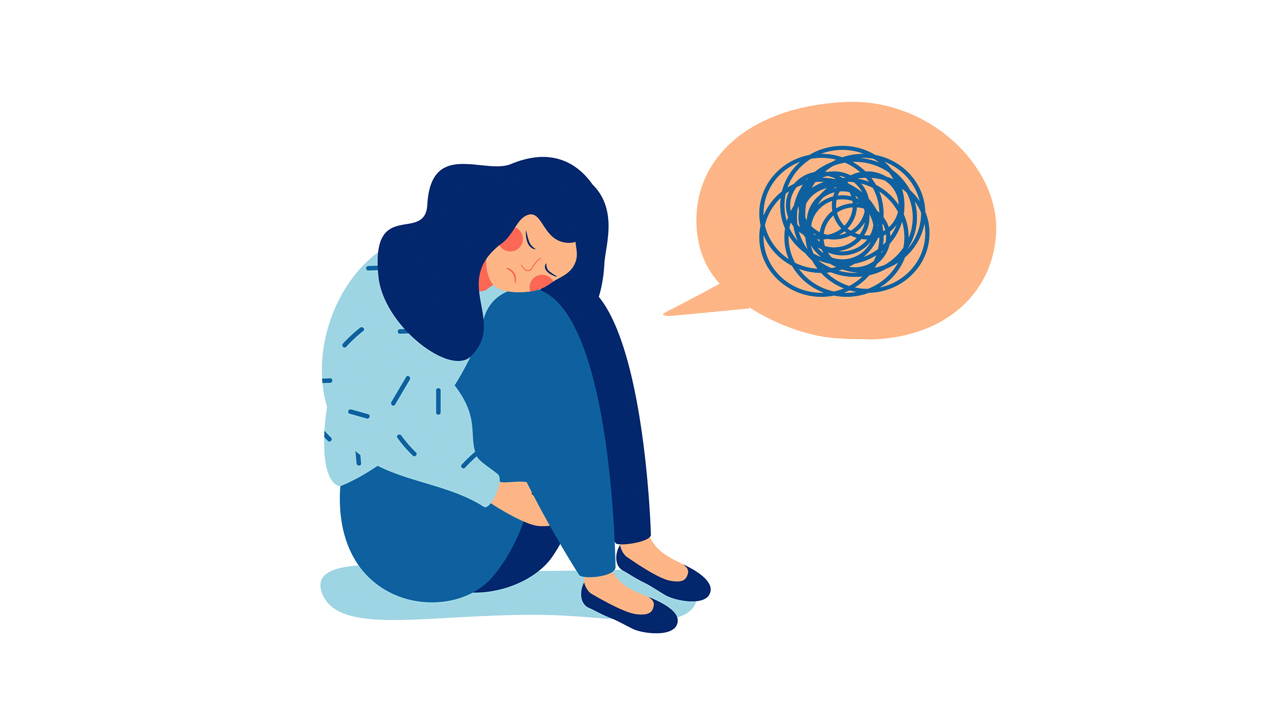A recent imaging study lead by a professor at The University of Texas at Dallas discovered early risk variables associated with children’s temperament and a neural process that may decide whether an individual develops depression and anxiety during adolescence and early adulthood.
The study, published in JAMA Psychiatry, followed a group of 165 people from the age of four months to the age of 26 between 1989 and 1993. Dr. Alva Tang, assistant professor of psychology in the School of Behavioral and Brain Sciences and the study’s corresponding author, discovered that people who are more inhibited in early childhood and who also do not respond typically to potential rewards as adolescents are more likely to develop depression later in life.
Tang, who completed the research at the University of Maryland, College Park before joining UT Dallas in August, said, “The findings highlight diverse pathways in the brain and tie them to who is at greater risk for developing certain mental health concerns.” “These findings might help to guide the development of prevention-oriented therapies that are personalised to the individual.”
When newborns are introduced to new items, people, or circumstances, some react favourably and approach them without fear, while others react with caution or avoidance. This distinction distinguishes between unconstrained and inhibited behaviour.
“We know that inhibited youngsters are more likely to have anxiety problems later in life, particularly social anxiety, which starts in late childhood through adolescent,” Tang explained.
The patients were classified as either constrained or uninhibited as young children.
In response to possible monetary benefits, some research participants displayed a muted response in this brain area.
The researchers discovered that the link between inhibition from 14 to 24 months of age and increased depression symptoms from 15 to 26 years of age was only apparent in individuals who also had reduced activity in the ventral striatum as teenagers.
“We discovered that behavioural inhibition was linked to the severity of depression symptoms in adulthood.” This supports the claim that while this temperament is linked to anxiety development in adolescence, it is more strongly linked to depression in adulthood. “However, not all restricted children become anxious or depressed,” Tang explained. “It was the inhibited youngsters with decreased striatal activity who were more prone to develop depressive in young adulthood.”
Tang stated that there are currently programmes available for socially anxious and behaviorally inhibited youngsters that enhance social and cognitive abilities. Additional therapies for these children might address motivational impairments by teaching them how to deliberately create environments in which they can be socially engaged with peers and seek out pleasant experiences.
She suggested that future research may look at the effectiveness of programmes that target faulty reward processing in anxious teens in lowering the likelihood of later depression.
“Here, we offer compelling evidence that both early temperamental risk factors and maladaptive neurocognitive reward processing are implicated in contributing to the onset of depression,” she continued.

